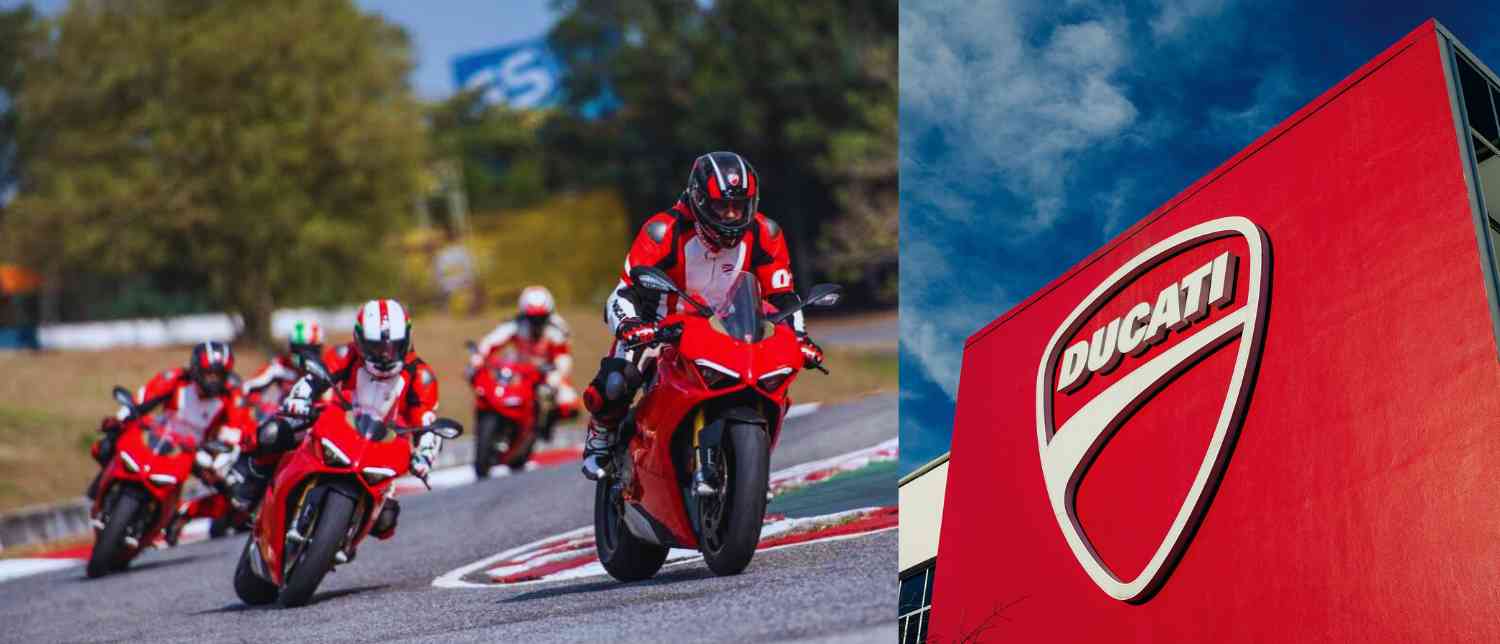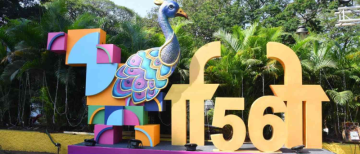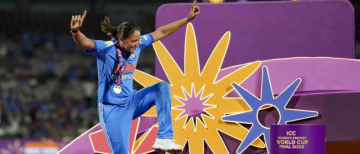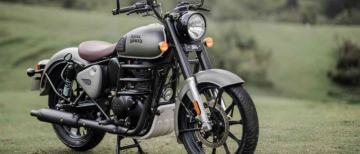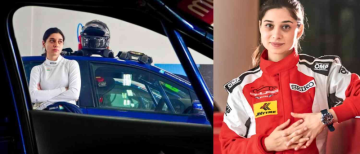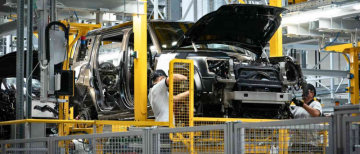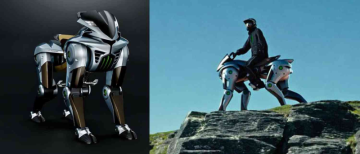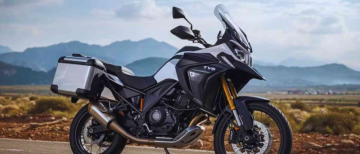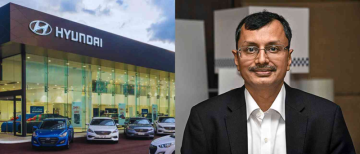Ducati is one of the most famous and respected motorcycle brands in the world. When you think of fast, stylish, and high-performance motorcycles, Ducati is a name that often comes to mind. But how did this company, which started in a small Italian city almost 100 years ago, become a global powerhouse in the motorcycle world? The story of Ducati is full of innovation, passion, and a strong link with motorcycle racing. In this article, we will explore the fascinating journey of Ducati, how it grew from a small radio parts maker into one of the most iconic names in motorcycling.
The Beginning: From Radio Components to Motorcycle Engines
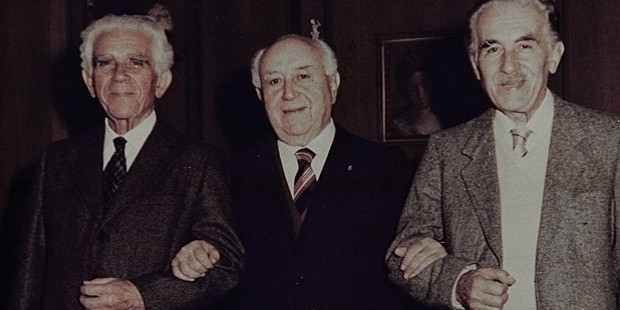
Ducati was founded in 1926 in Bologna, Italy, by three brothers named Adriano, Bruno, and Marcello Ducati. At the time, it was called Società Scientifica Radio Brevetti Ducati (Scientific Radio Company Ducati). The company’s first goal was to make parts for radios. In fact, Ducati became well-known in its early years for making capacitors and other electrical components. Even the famous inventor Guglielmo Marconi, known as the father of radio, used Ducati parts.
The company’s shift to motorcycles came after World War II. The war had caused damage to many factories, including Ducati’s. With limited resources but great determination, the Ducati brothers saw an opportunity to create small engines that could be attached to bicycles. This was perfect for the time because Italy, recovering from war, needed affordable transportation.
In 1946, Ducati introduced the “Cucciolo,” which means “puppy” in Italian. It was a tiny 48cc engine that attached to a bicycle and could reach speeds up to 50 km/h (31 mph). The Cucciolo was an instant hit. It allowed normal people to travel quickly and cheaply, and it sparked Ducati’s journey into the motorcycle world.
The First Full Motorcycles: Building Identity
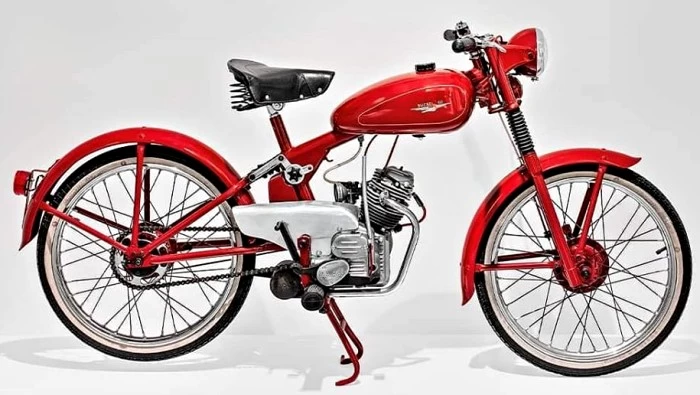
By 1949, Ducati made its first full motorcycle, the Ducati 60. It was a small but well-built bike with an overhead valve engine. This was significant because most small motorcycles at the time had simpler, less efficient engines. Ducati’s decision to use overhead valves showed the company’s early dedication to better performance and engineering quality.
Through the 1950s, Ducati focused on producing small engines and motorcycles, gaining a good reputation in Italy and beyond. However, this was still the beginning of what would eventually become a global powerhouse brand.
The Desmodromic Valve System
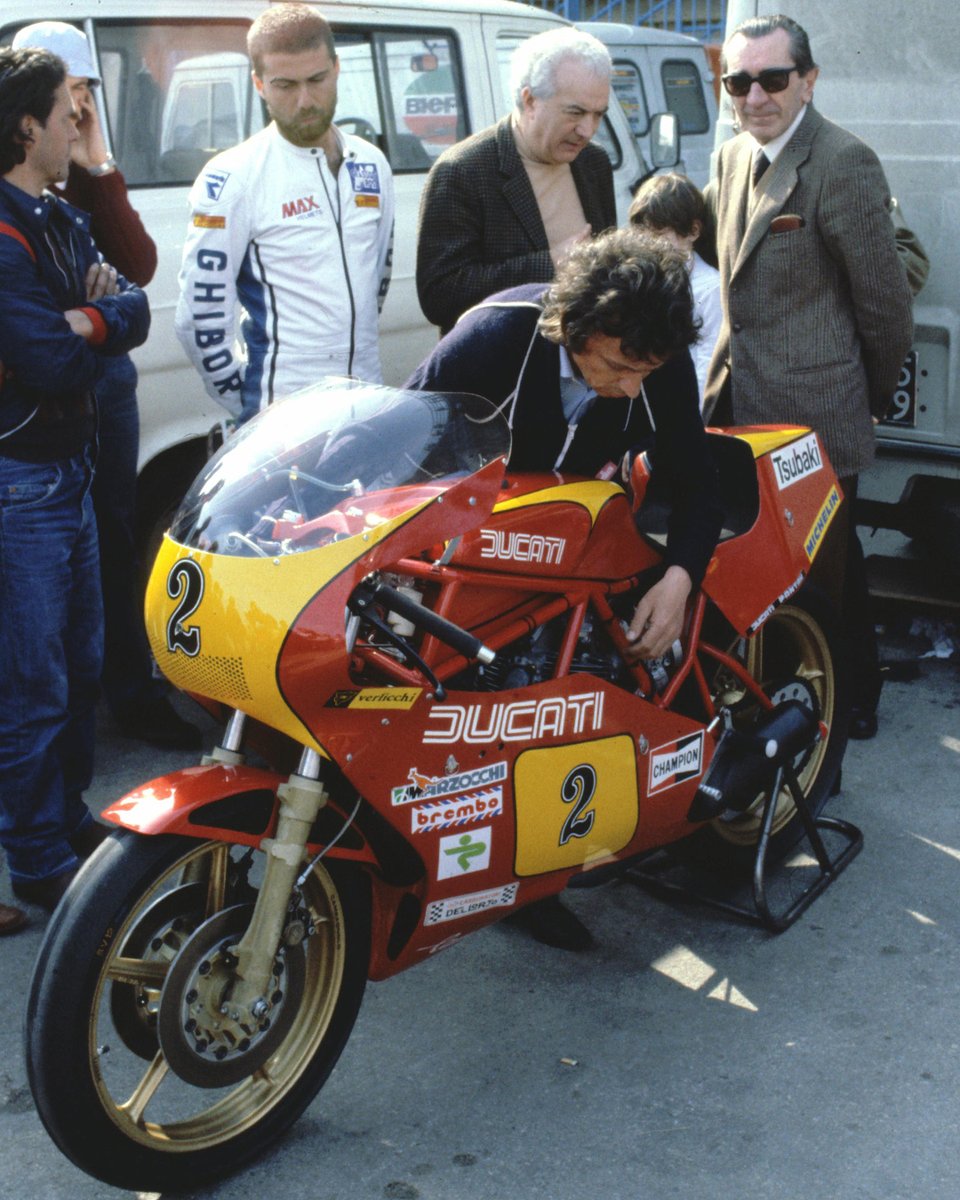
A major turning point in Ducati’s history came in the 1950s and 1960s with the work of Fabio Taglioni. Taglioni was a brilliant engineer who joined Ducati in 1954. He introduced an unusual but highly effective valve system to Ducati motorcycles, known as the “desmodromic” valve system.
Most engines use springs to close the valves after they have opened to let air and fuel in or exhaust out. But springs can fail or limit the engine’s ability to rev faster. Taglioni’s desmodromic system used mechanical devices to both open and close the valves. This design meant Ducati engines could rev higher and produce more power without valve failure.
The desmodromic system soon became Ducati’s trademark technology. It gave Ducati motorcycles a unique edge in performance, making them fast and reliable even at high engine speeds. This technical innovation helped Ducati grow from a small manufacturer to a serious competitor in the motorcycle industry.
Rising Through the Ranks: Sportbikes and Racing Success
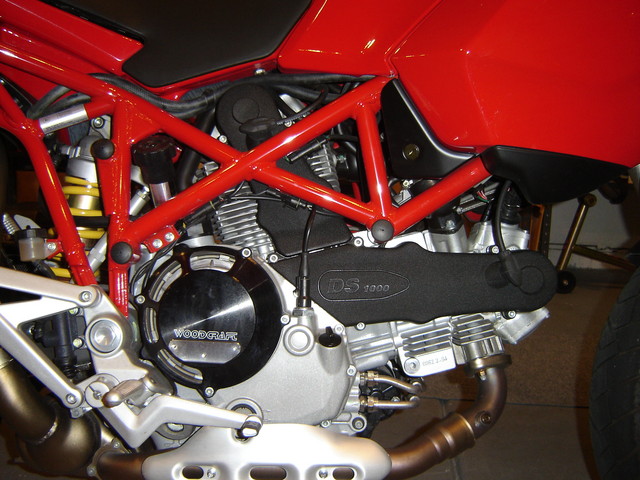
Ducati's connection to motorcycle racing is one of the key reasons it became a global powerhouse. Racing has always been a testing ground for new technology and a place to prove a motorcycle’s worth. Ducati understood this and invested heavily in racing.
In the 1970s and 1980s, Ducati developed the V-twin engine, a two-cylinder engine arranged in a V shape. This engine design became the core of many Ducati motorcycles. It combined power and smoothness, making it perfect for sportbikes.
The 1980s also saw the release of the Ducati 851, a superbike with liquid cooling and fuel injection—cutting-edge features at the time. It dominated road racing and helped Ducati win the World Superbike Championship. This racing success gave Ducati huge credibility and attracted riders who wanted machines that could perform at the highest levels.
Ducati kept pushing boundaries with the 916, released in the early 1990s. With aggressive styling by Massimo Tamburini and stunning performance, the 916 became a design icon. It won numerous awards and became one of the most celebrated sportbikes ever made.
Style and Design: Italian Passion Meets Function
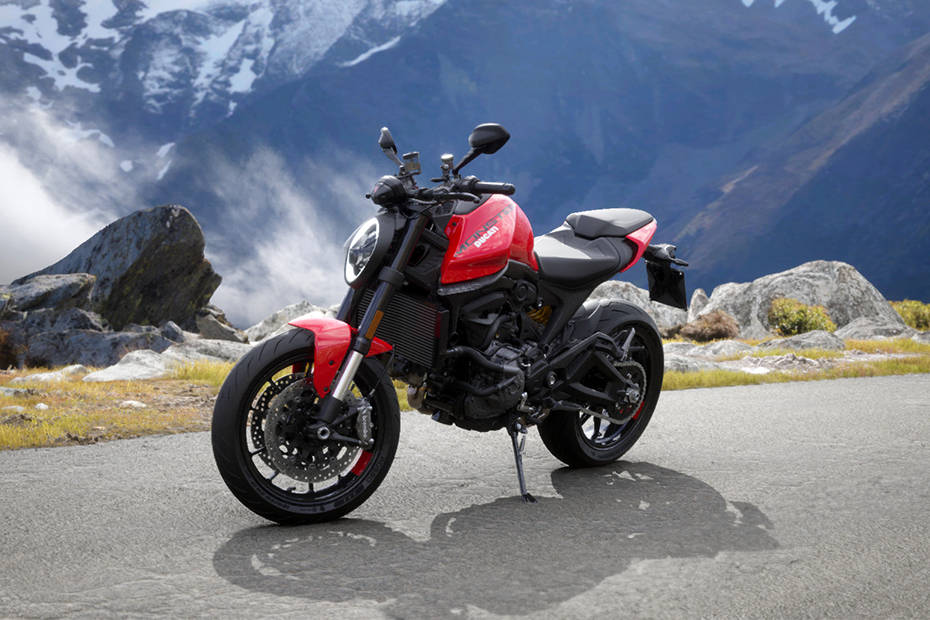
Ducati motorcycles are known not only for performance but also for their style. Italian design is famous worldwide for combining beauty and function. Ducati bikes are no exception. Each model is carefully crafted to look powerful and elegant.
From sleek curves to bold colors, Ducati motorcycles often stand out in a crowd. Buyers are not just buying speed; they are buying a work of art that reflects passion and heritage. The combination of engineering excellence and beautiful design has made Ducati motorcycles highly desirable.
Tackling Challenges and Ownership Changes
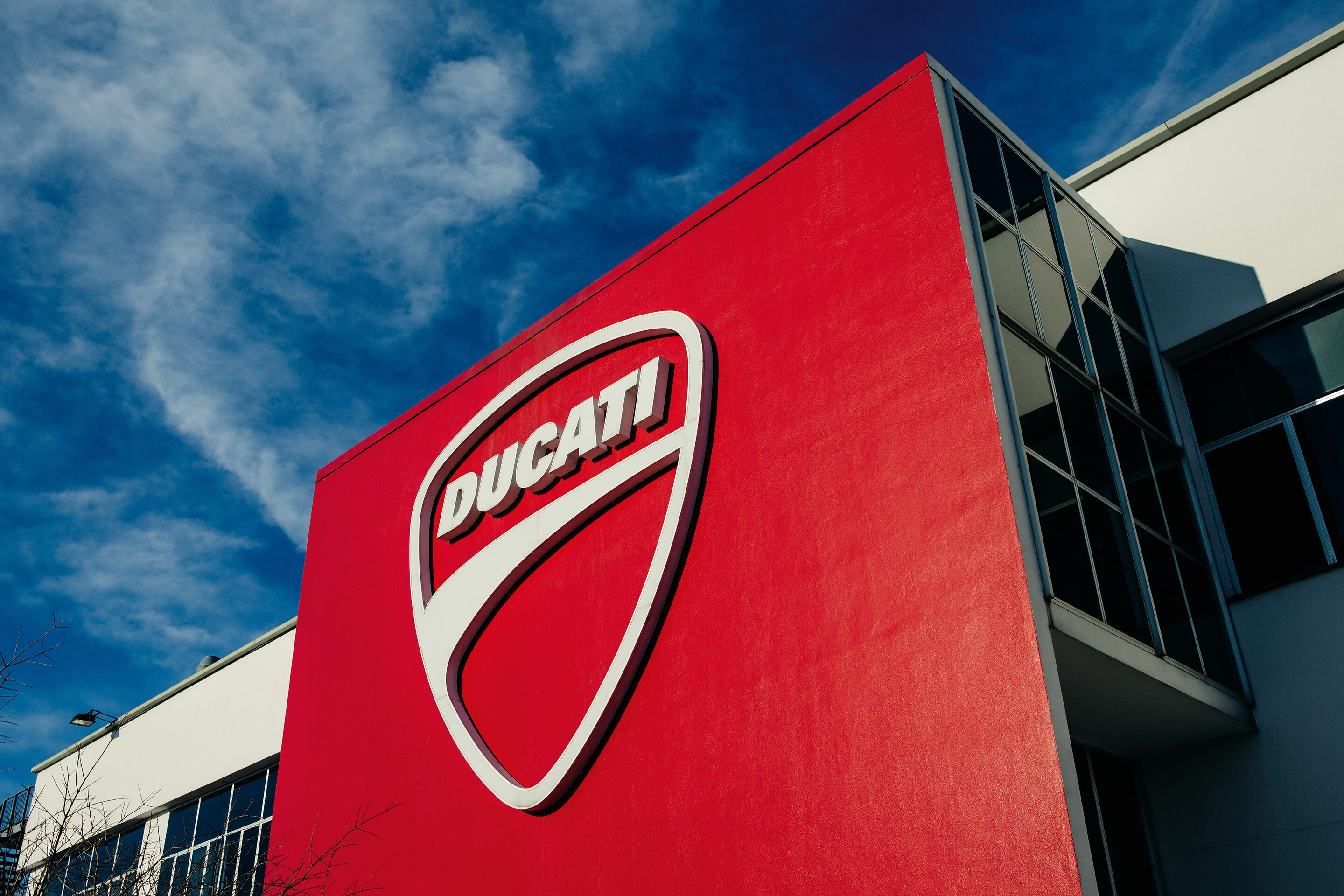
Like many companies, Ducati faced challenges over the years. Financial struggles and changes in ownership tested the brand’s stability. In the 1980s, Ducati almost went bankrupt. However, a group of passionate entrepreneurs led by Claudio Domenicali, who later became the CEO, helped restructure the company and refocus on quality and innovation.
Another huge change came in 2012 when Ducati was acquired by Audi, which is part of the Volkswagen Group. This gave Ducati access to more resources and technology, helping it grow into new types of motorcycles and enter new markets worldwide.
Expanding the Range: Beyond Sportbikes
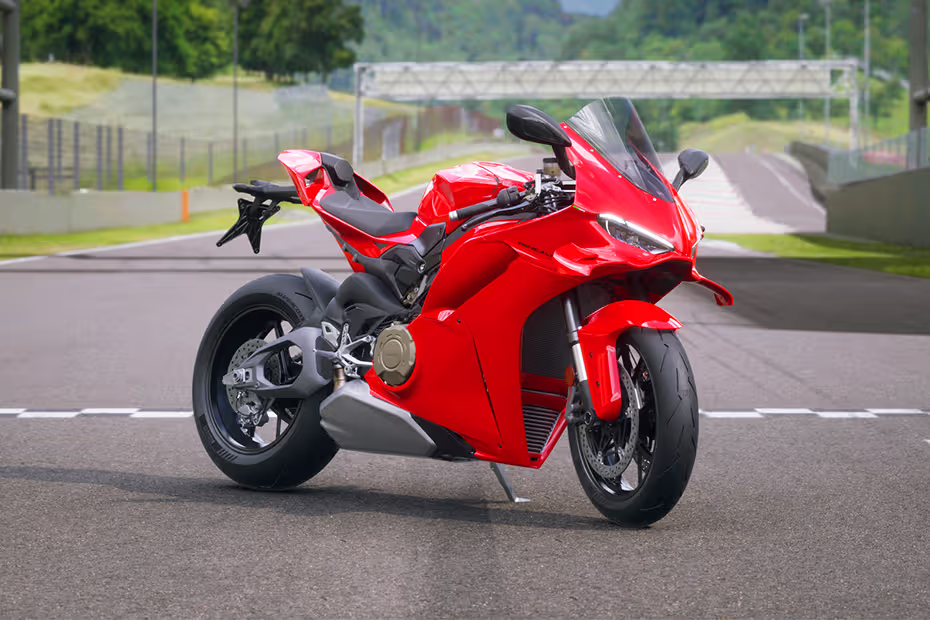
Today, Ducati produces a wide variety of motorcycles. While known for superbikes like the Panigale, Ducati has expanded to adventure bikes (like the DesertX), naked bikes (like the Monster), cruisers, and sport-tourers (like the Multistrada).
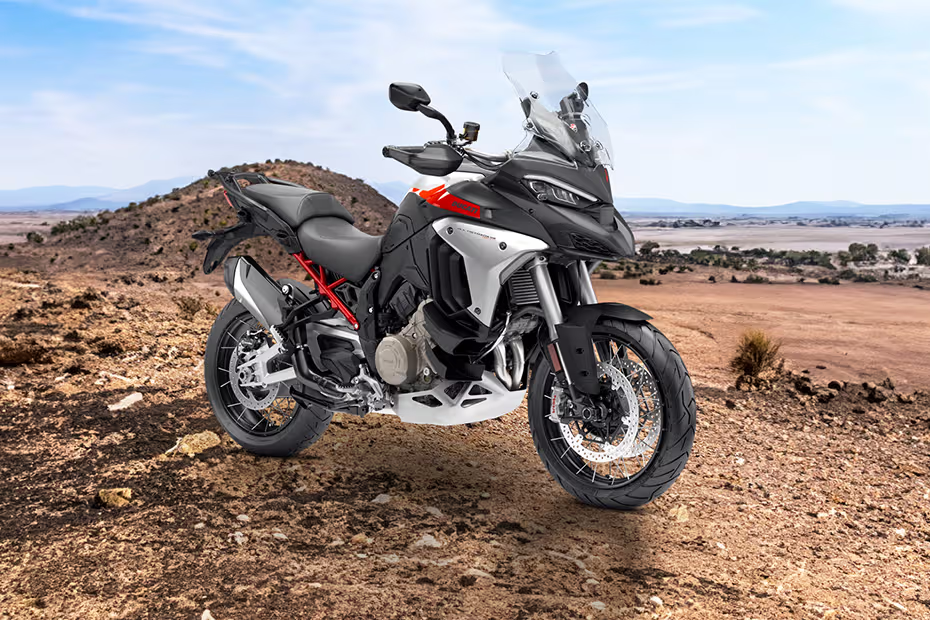
This diverse line-up helps Ducati reach different kinds of riders, from racing enthusiasts to everyday commuters and adventure travelers. Each bike carries the Ducati DNA: powerful engines, top technology, and Italian style.
Building a Global Community
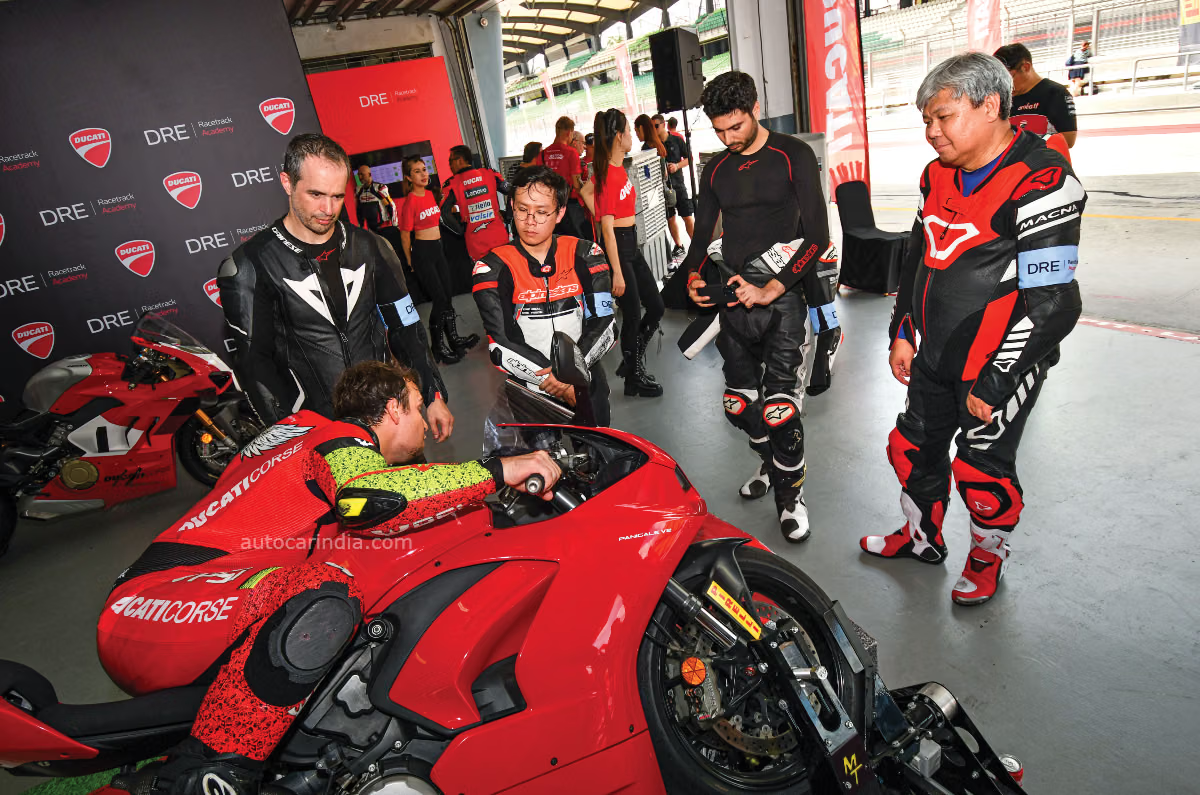
One reason Ducati is famous around the world is its loyal community of riders and fans. Ducati owners are passionate about their bikes and often join clubs, attend events, or take part in racing activities. Ducati organizes riding schools and track days, strengthening the connection between the brand and its riders.
This sense of community and shared passion adds to Ducati’s strength as a brand, setting it apart from manufacturers who sell motorcycles as just machines.
The Future of Ducati
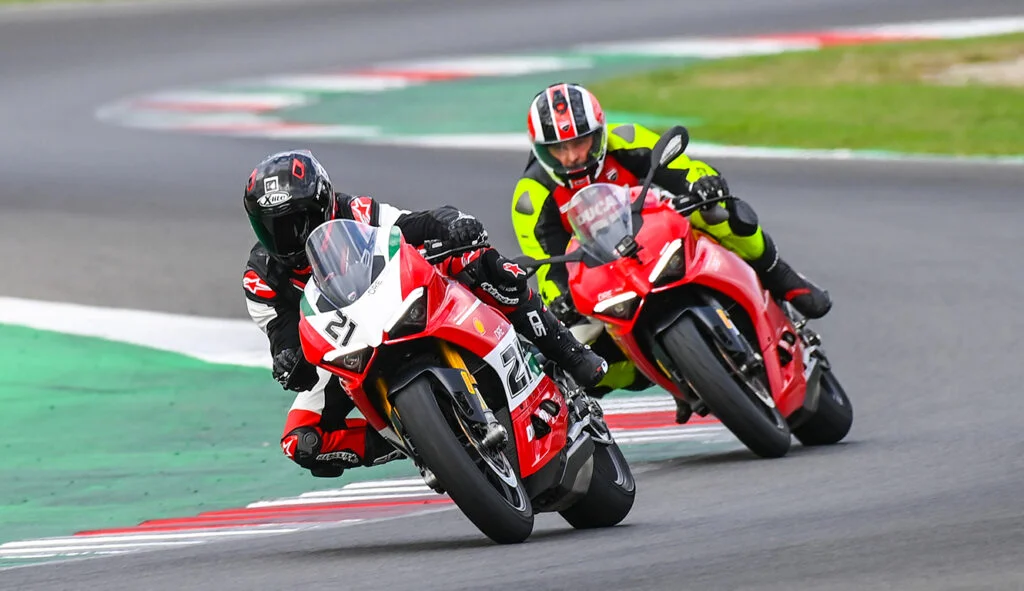
Looking ahead, Ducati continues to innovate. It is investing in electric motorcycles and new technologies while staying true to its racing heritage. The company aims to produce faster, lighter, and more efficient bikes that also protect the environment.
Ducati’s journey from a small radio parts company to a global motorcycle powerhouse is a story of vision, innovation, and passion. It is a brand that combines art, engineering, performance, and a love for racing in every bike it makes.
With inputs from agencies
Image Source: Multiple agencies
© Copyright 2025. All Rights Reserved. Powered by Vygr Media.

